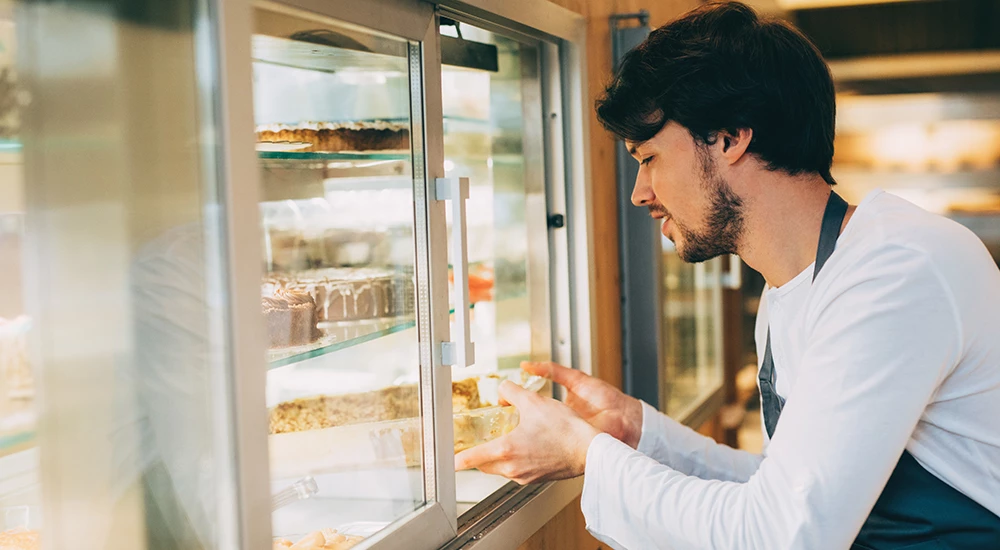Help My Commercial Refrigerator is Slow Cooling

By Pat Finley – Master Certified Lead Technician
We at General Parts Group receive a lot of calls from customers saying that they have a refrigerated unit that is cooling slowly. Obviously, the customer has noticed that their unit is taking an extended period of time to bring product down to temperature, but why?
Here are a few of the things that can cause a commercial refrigerator unit to “slow cool”.
Firstly, is the environment the equipment is in.
If you have a reach-in-cooler in a stock area or kitchen without air conditioning running, it can cause issues. The unit is only designed and rated to work in a certain temperature environment. If the temperature gets above that rating, the unit will struggle to maintain temperature. The insulation of the box is only rated for a certain R factor, and may not be able to keep out the extra heat load. Higher temperatures equal higher refrigerant pressures and can cause the unit to not operate at peak performance. Also, I have seen direct sunlight affect cooling capabilities on open air coolers or grab-and-go units. The product absorbs the UV rays from the sun, and it heats them up, then the unit struggles to pull the heat out of the product.
Next, let’s talk about the cleanliness of the unit.
Condensing coils are a vital part of the system. If your coil is dirty, plugged with grease, or a layer of cottonwood, it will struggle. The coil cannot condense the superheated gas into a liquid, and there for, the unit will not cool properly. When the coils are blocked, it drives head pressure up and can cause severe and expensive damage to your system. Also, if the condensing fan is not running, it will also cause high pressures, poor cooling and eventually permanent damage. Evaporator fans and coils are also susceptible to air flow problems. Do not block the inlet or outlet to your evaporator coil with pans, boxes or other products. Also, make sure these fans have not sucked up any plastic wrap, foil, or anything else which might cause an obstruction.
Lastly, unit design limitations.
Know your equipment and what it was designed to do. Most reach-in coolers and cold rails are not designed to bring hot product down to safe temperature range. They are designed to hold product that is already in the safe temperature zone and keep them there. For example, I have seen a full rack of hot pasta put into a walk-in cooler to cool it down, if the cooler was not designed for that purpose, it will be unable to cool as designed. Did you know that most of your frozen beverage dispensers are supposed to be filled with chilled product to aid in proper operation of the unit? If you dump 75-degree product in there, it will take much longer to freeze than if it was 36-degree product.
So, in a nutshell, as soon as you notice a unit is slow cooling, check your kitchen temperature and make sure nothing has been put inside the unit that is hot. Then check that your units’ fans are not obstructed and that the fans are running. If this all checks out and your unit is still cooling slowly then it is time to call your foodservice equipment service company.
